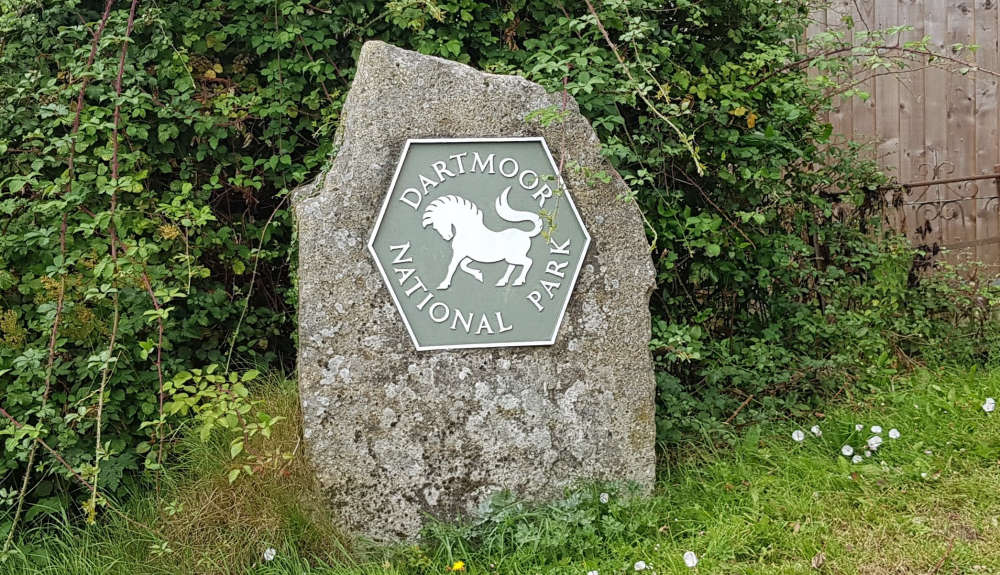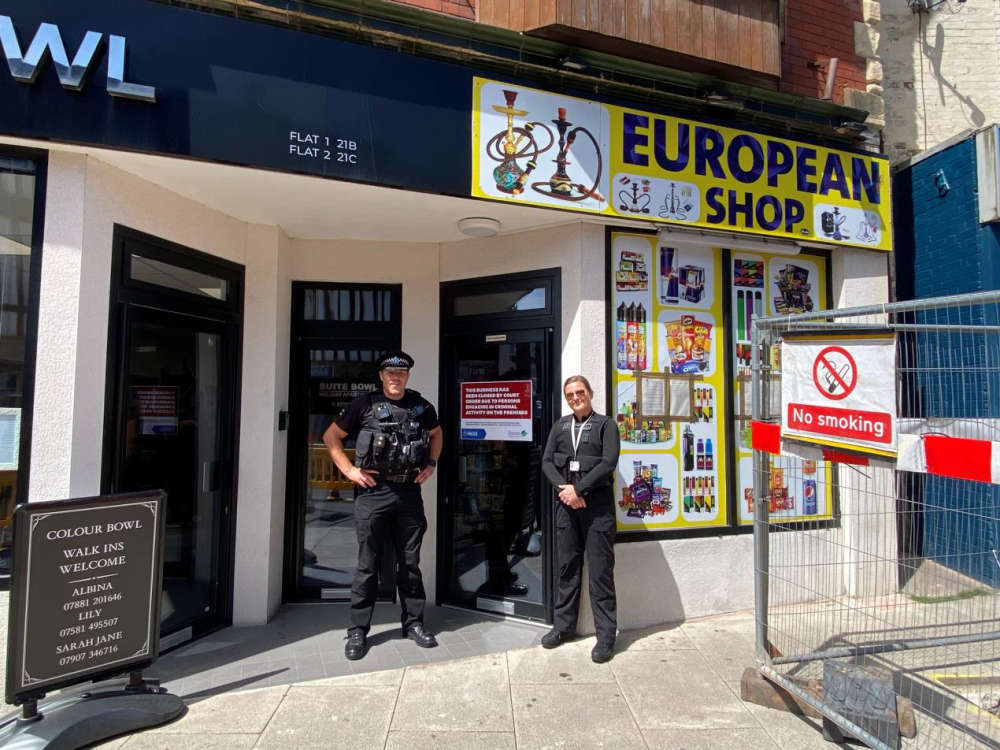Residents not allowed home on Saturday
It could have been so much different had the contractors working on a building site had hit the shell they uncovered near the University of Exeter campus on Friday.
Going by the size of the explosion on Saturday night's controlled detonation, this was one big bomb Hitler had sent over.
More than 250 people lost their lives in the Exeter Blitz of 1942. If Saturday's drama was anything to go by, one can imagine the fear people must have felt night after night with Nazi bombs raining down.
The army logistics corp, which took over from the Royal Navy bomb squad on Saturday morning, blew up the device at 6.10 p.m. on Saturday, 33 hours after the alarm was raised.
Around 2,600 properties, including about 1,400 students, had been evacuated from their homes in the Glenthorne Road area, between Cowley Bridge Road and the university's Streatham campus. Although police had earlier said they expected to be able to allow people home, that turned out not to be the case,
Devon and Cornwall Police said: "Around 400 tonnes of sand was transported to the site of the device, which is at a building site on private land, and walls were erected, initially by the Royal Navy bomb disposal experts, followed by army personnel from the Royal Logistics Corps, to mitigate the impact of the detonation. Trenches were also dug to prevent ground shock.
"Despite these mitigation measures, the impact of the blast has been significant and debris has been thrown at least 250 metres away. The crater is around the size of a double decker bus.
"People can be reassured that there are no concerns regarding the impact of the explosion, which caused a large plume of sand, on public health."
 Devon MP’s victory over ‘unfair’ GP funding
Devon MP’s victory over ‘unfair’ GP funding
 Public donations to boost Dartmoor's accessibility
Public donations to boost Dartmoor's accessibility
 Theatre launches Crowdfunder to support talent
Theatre launches Crowdfunder to support talent
 Exmouth shops forced to close after tobacco raids
Exmouth shops forced to close after tobacco raids
 National park gives museum the finger-post
National park gives museum the finger-post
 Duran Duran, Chic and Basement Jaxx set for Powderham Gig
Duran Duran, Chic and Basement Jaxx set for Powderham Gig
